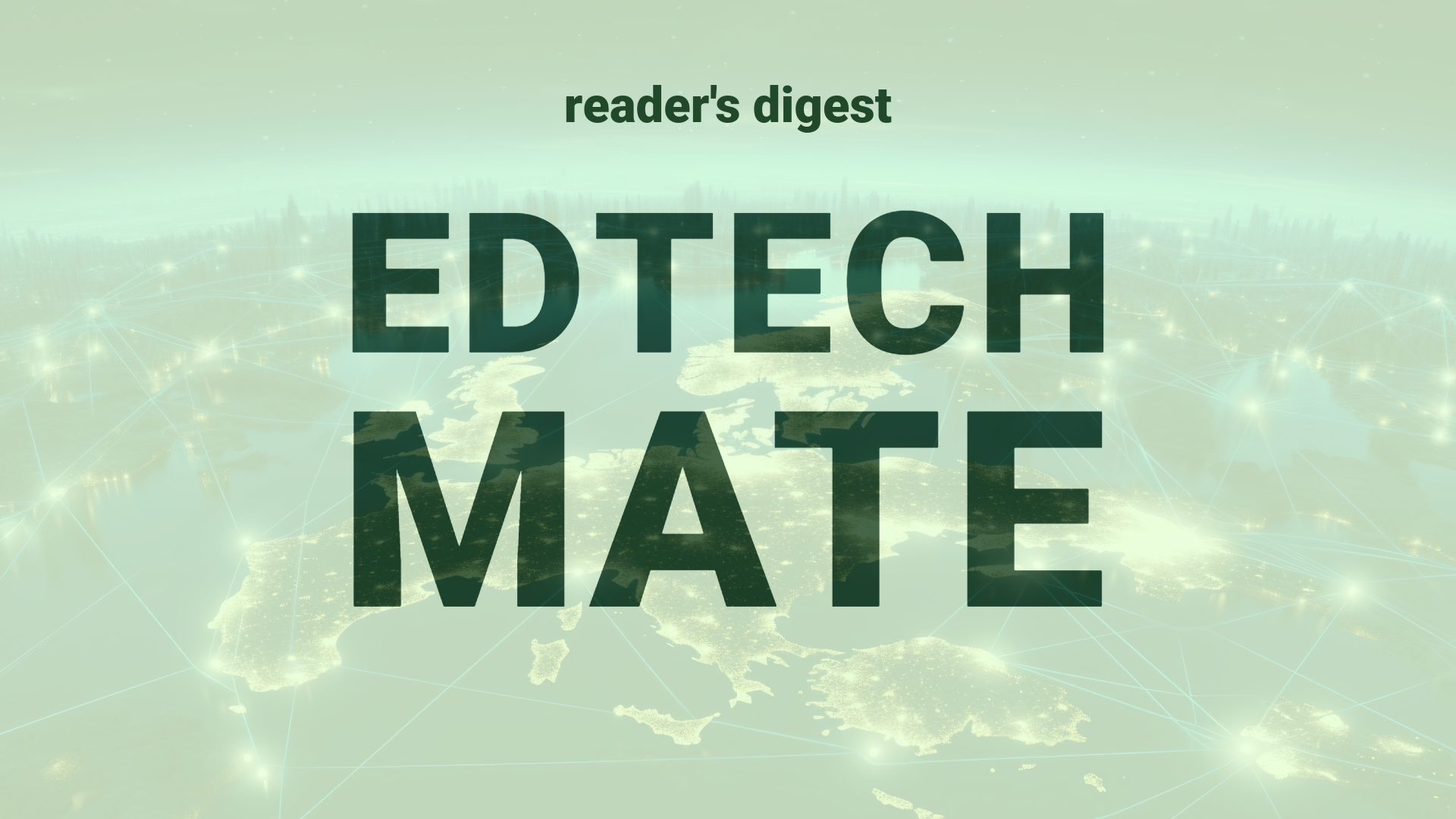Executive Summary and Main Points
Azure AI Speech has introduced significant updates to its services, directly impacting chatbot efficacy and user engagement in the digital domain. The key advancements include an expansion of multilingual voices, enhanced text-to-speech (TTS) capabilities for creating more lifelike avatars, and a novel Text Stream API that minimizes latency for ChatGPT integration. These innovations are poised to deepen the interactivity and authenticity of automated assistants across various platforms, crucial for global higher education institutions aiming to foster more engaging digital experiences.
Potential Impact in the Education Sector
The recent Azure AI Speech updates could dramatically reshape the landscape of Further Education, Higher Education, and Micro-credentials. The comprehensive range of multilingual and culturally diverse avatars can address the increased demand for inclusive and accessible education tools. Enhanced chatbot experiences may streamline student support and administrative tasks, while more realistic TTS avatars can act as virtual educators, improving online learning environments. The strategic incorporation of Azure OpenAI’s capabilities allows for highly responsive, customized engagement, offering potential benefits for international student recruitment, support, and retention strategies.
Potential Applicability in the Education Sector
The advent of Azure AI Speech avatars with multilingual capabilities opens up opportunities for creating virtual teaching assistants capable of engaging with students in their native languages, thus bridging linguistic gaps in international education. Furthermore, the Text Stream API’s ability to vocalize dynamic text in real-time may be applied for live lectures or Q&A sessions, fostering a more interactive learning atmosphere. By leveraging digital tools like the Azure OpenAI GPT-4o model, educators can develop AI-driven tutorials and responsive guidance systems that can adapt to the diverse academic needs of students globally.
Criticism and Potential Shortfalls
Despite these advancements, there are concerns about the potential depersonalization of education through reliance on AI and the potential for decreased human-to-human interaction. Ethical issues also arise regarding data privacy and the risk of reinforcing biases through AI’s interpretation of language and culture. Comparative international case studies spotlight varying degrees of technology acceptance and availability, potentially exacerbating digital divides. Furthermore, there is the challenge of ensuring these avatars accurately represent and respect cultural nuances in a global educational context.
Actionable Recommendations
To capitalize on Azure AI Speech’s updates, higher education leaders should consider pilot programs that integrate TTS avatars as supplementary support for students, especially in language learning and accessibility services. Establishing collaborations with technology providers can facilitate the implementation of tailored AI solutions that adhere to ethical standards and practice responsible AI guidelines. Institutions should also invest in professional development for educators to navigate the integration of these digital tools effectively and evaluate their impact continuously to ensure cultural appropriateness and educational efficacy
Source article: https://techcommunity.microsoft.com/t5/ai-azure-ai-services-blog/make-your-voice-chatbots-more-engaging-with-new-text-to-speech/ba-p/4178463

